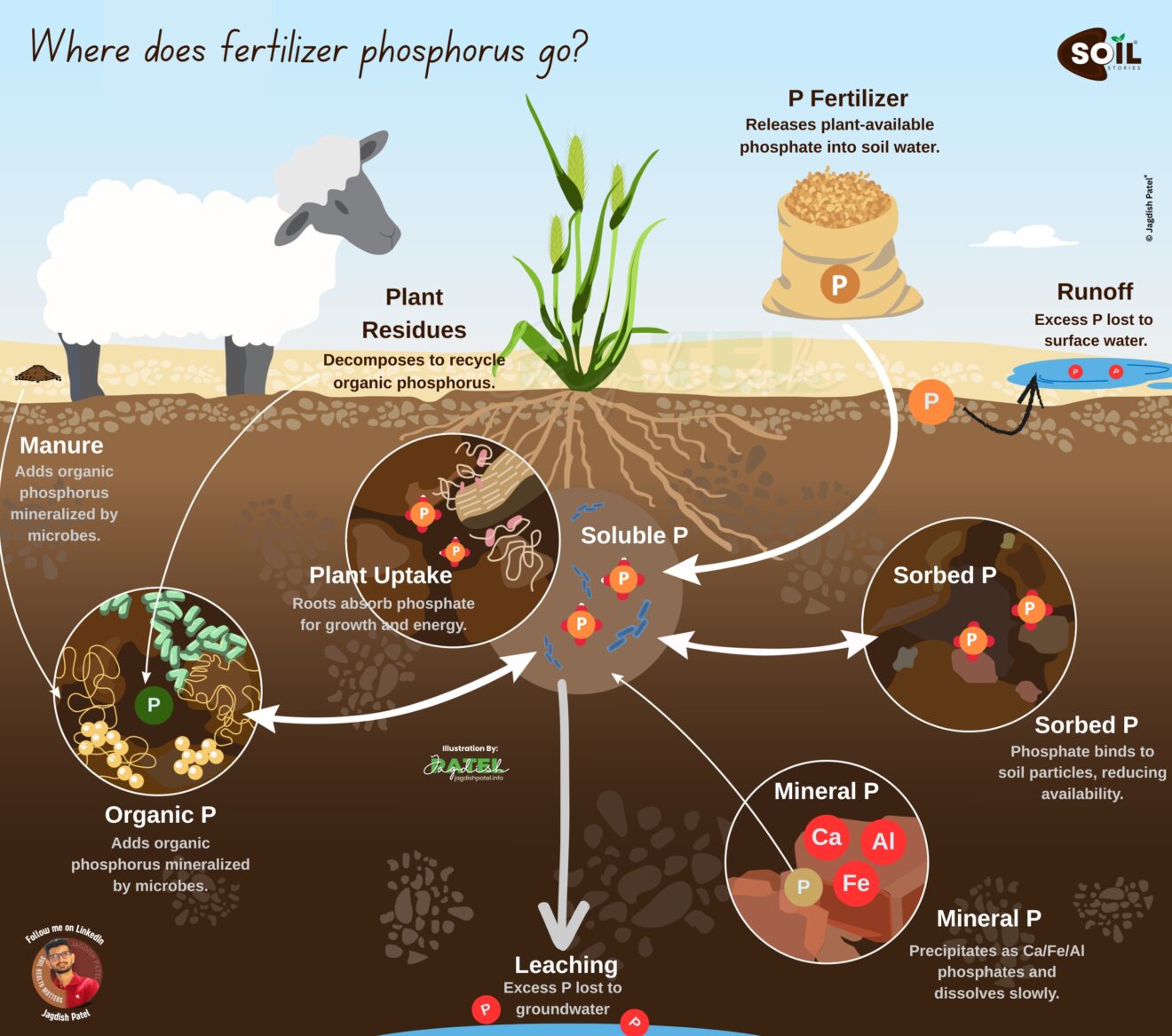Did you know?
- Plants require 17 essential nutrients for healthy growth, each playing a unique role in their development.
- Nutrient deficiencies can significantly impact plant health, leading to reduced yields and even crop failure.
- Sustainable farming practices, such as cover cropping and crop rotation, can enhance soil health and nutrient availability.
Major Nutrients:
Just as a strong foundation is crucial for a building, major nutrients form the bedrock of plant health. These nutrients, required in larger quantities, include:
- Nitrogen (N): The driving force behind lush green growth, nitrogen is essential for chlorophyll production and protein synthesis. 🌱
- Phosphorus (P): The energy powerhouse, phosphorus fuels root development, flowering, and seed production. 💪
- Potassium (K): The water regulator, potassium helps plants withstand drought stress and maintain overall health. 💧
- Calcium (Ca), Magnesium (Mg), and Sulfur (S): These unsung heroes contribute to cell wall structure, enzyme activation, and chlorophyll formation. 🧱
Micro Nutrients:
While needed in smaller amounts, micro nutrients are no less important. These trace elements play vital roles in various plant processes:
- Iron (Fe): Essential for chlorophyll synthesis and enzyme function, iron contributes to healthy green foliage. 🌿
- Manganese (Mn) and Zinc (Zn): These elements activate enzymes involved in photosynthesis and growth regulation. 🌱
- Copper (Cu) and Boron (B): Crucial for reproduction and cell wall formation, these nutrients support healthy plant development. 🌼
- Molybdenum (Mo) and Chlorine (Cl): These trace elements play roles in nitrogen fixation and photosynthesis. 🌿
The Delicate Balance of Essential Nutrients:
For centuries, nature has maintained a delicate balance of nutrients in the soil, providing plants with the nourishment they need to thrive. However, modern agricultural practices, including the overuse of chemical fertilizers, have disrupted this natural equilibrium. 🌎
Excessive use of chemical fertilizers can lead to nutrient imbalances, soil degradation, and environmental pollution. It’s like overfeeding a plant; too much of a good thing can be detrimental! 🌱🚫
Sustainable Solutions:
To restore the nutrient balance in our soils, we need to embrace sustainable farming practices. These practices include:
- Cover cropping: Planting cover crops between main crops can improve soil health, prevent erosion, and enhance nutrient cycling. 🌱
- Crop rotation: Rotating crops can help break pest cycles, improve soil fertility, and reduce the risk of nutrient depletion. 🔄
- Organic farming: Avoiding synthetic fertilizers and pesticides can promote soil biodiversity and enhance nutrient availability. 🌿
- Composting: Adding compost to the soil can improve soil structure, water retention, and nutrient content. ♻️
Conclusion :
By understanding the vital roles of major and micro nutrients, and by adopting sustainable farming practices, we can help regenerate soil health and ensure a nutrient-rich foundation for future generations. Let’s work together to create a more sustainable and resilient agricultural system, one that nourishes both plants and the planet. 🌍
As a soil health illustrator, I believe in the power of visual storytelling to bridge the gap between science and the community. Through my illustrations, I aim to reveal the hidden wonders of soil and inspire sustainable practices. 🎨➡️🌱
What are your thoughts on sustainable farming practices? Share your experiences and insights in the comments below! 💬
References :
Jones Jr., J.B. 2012. Plant nutrition and soil fertility manual. Second edition. New York, CRC Press. 230 pp.
About Me






